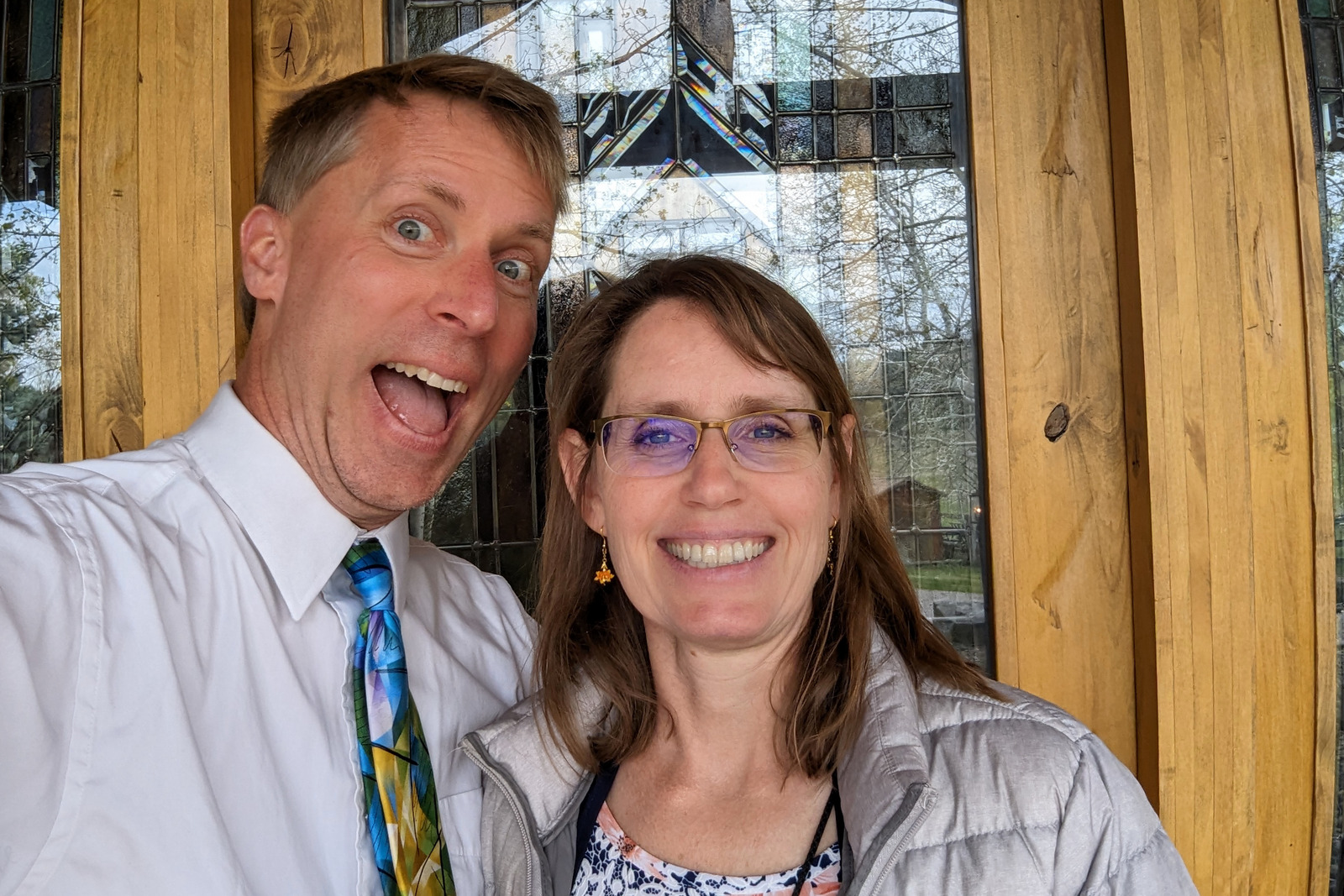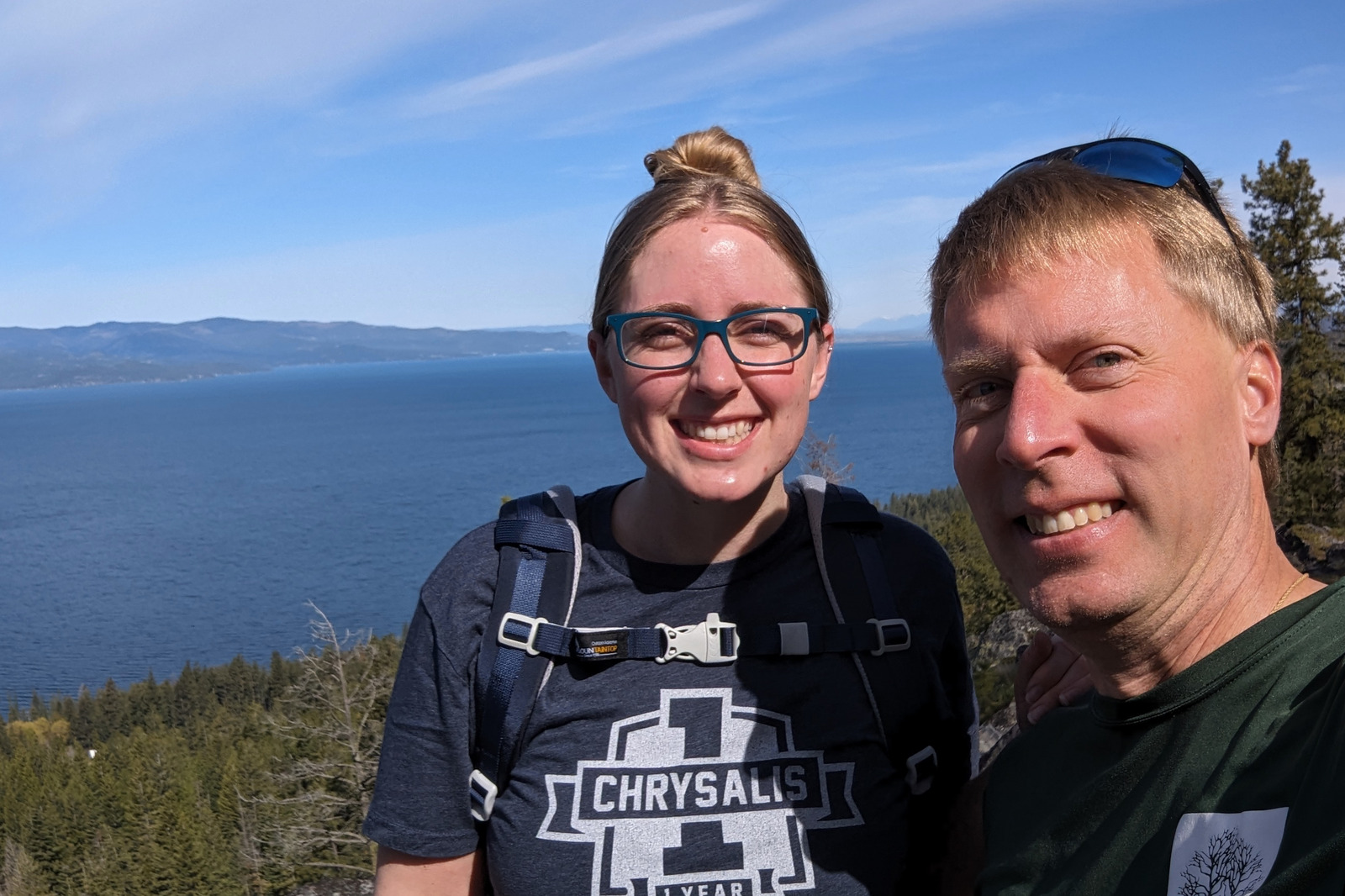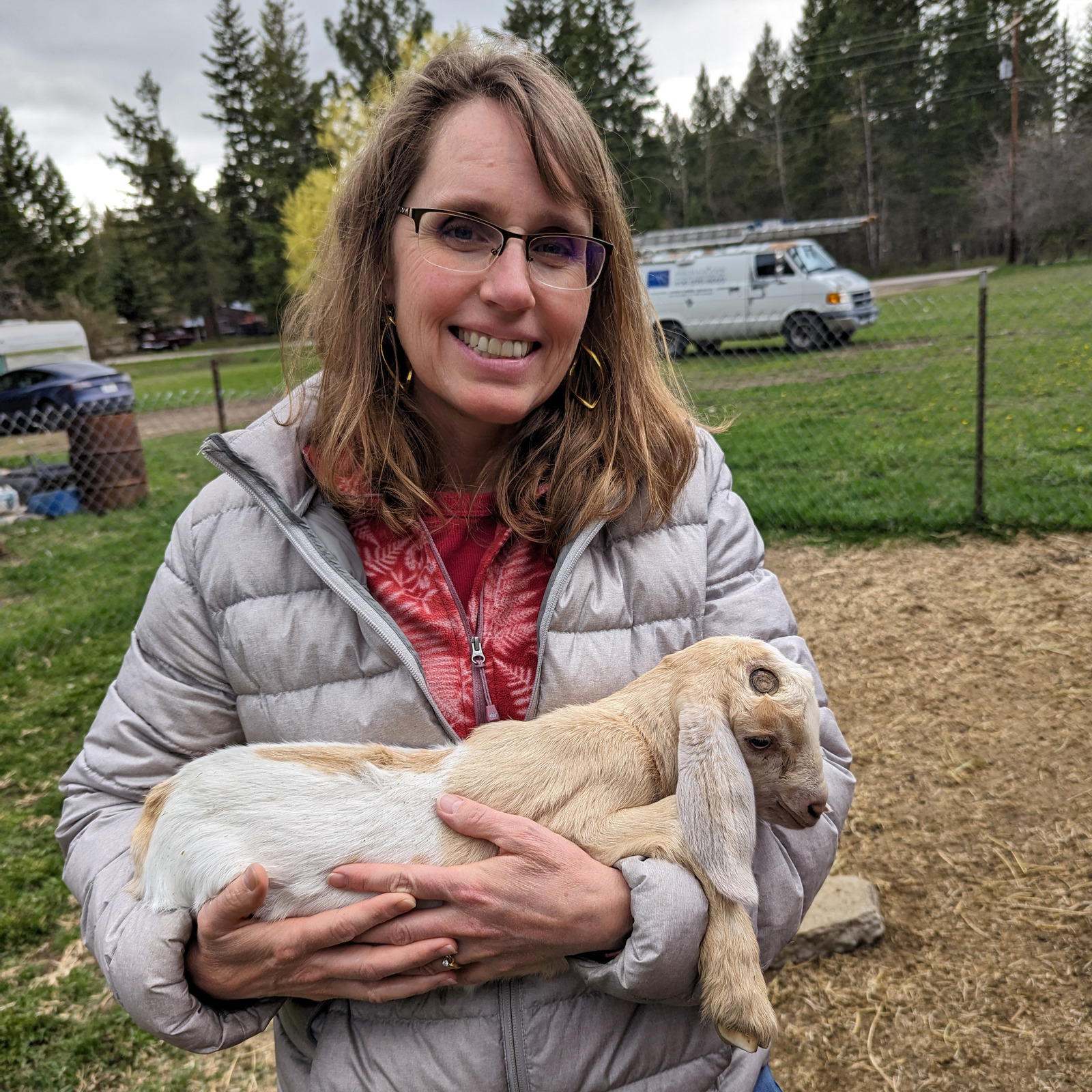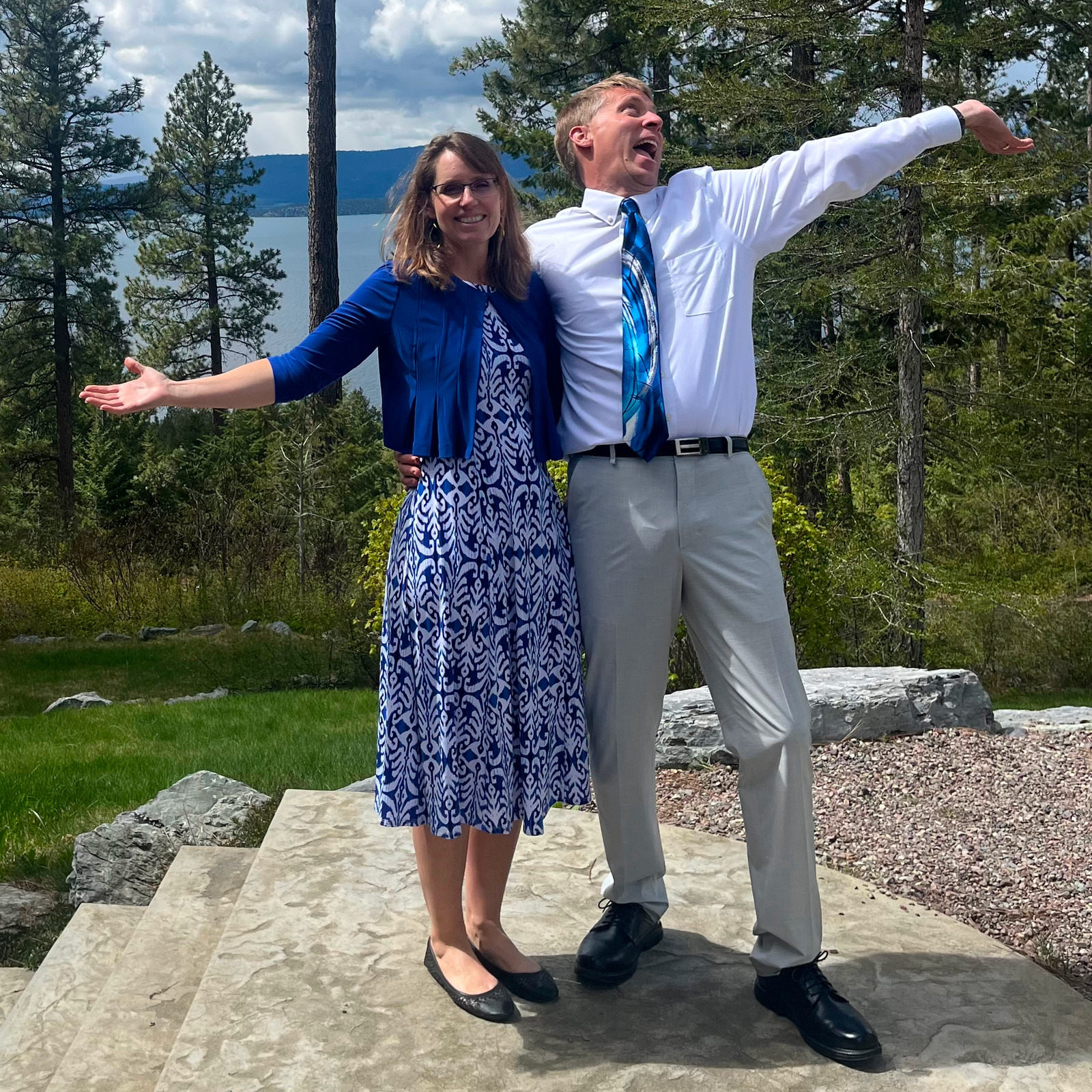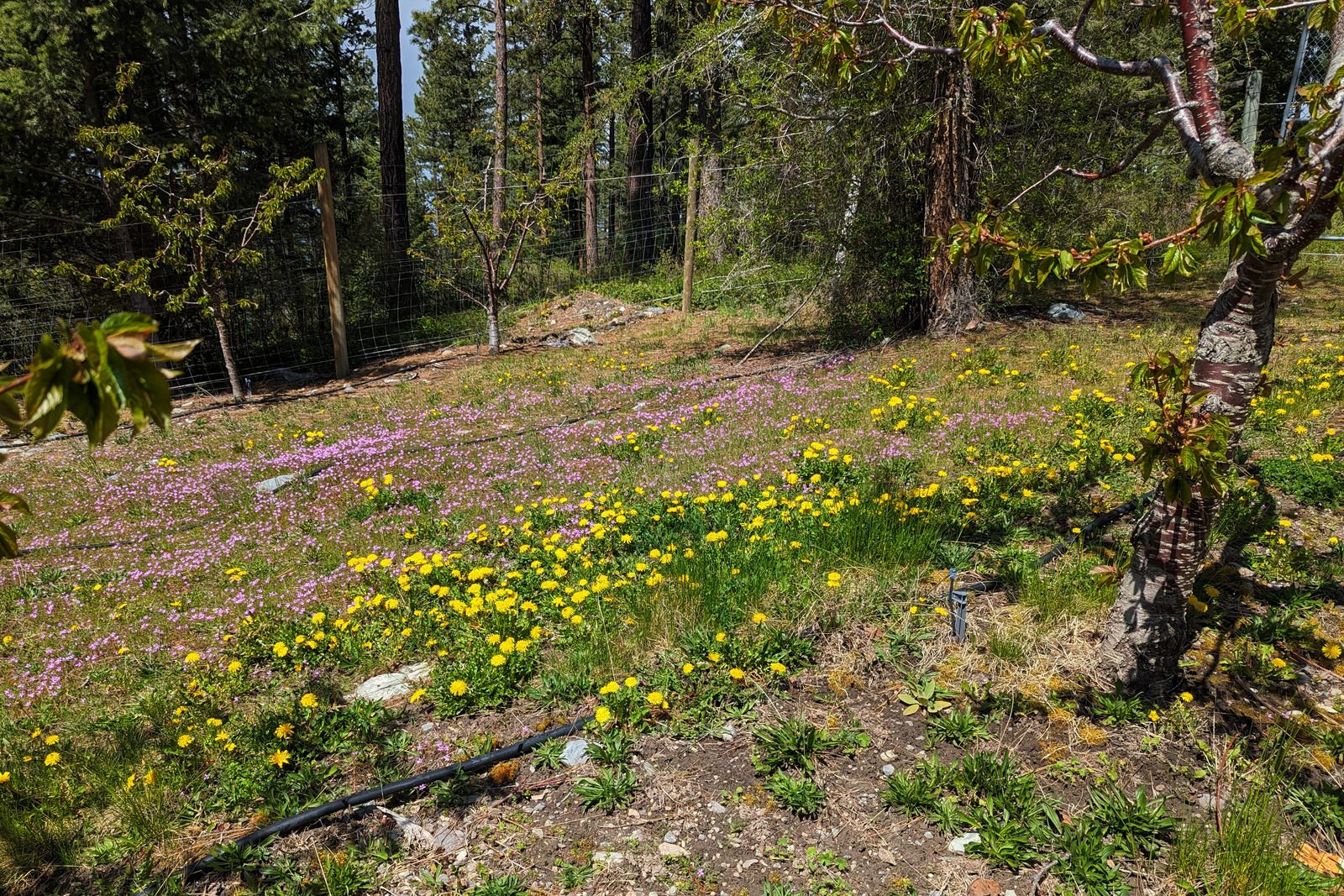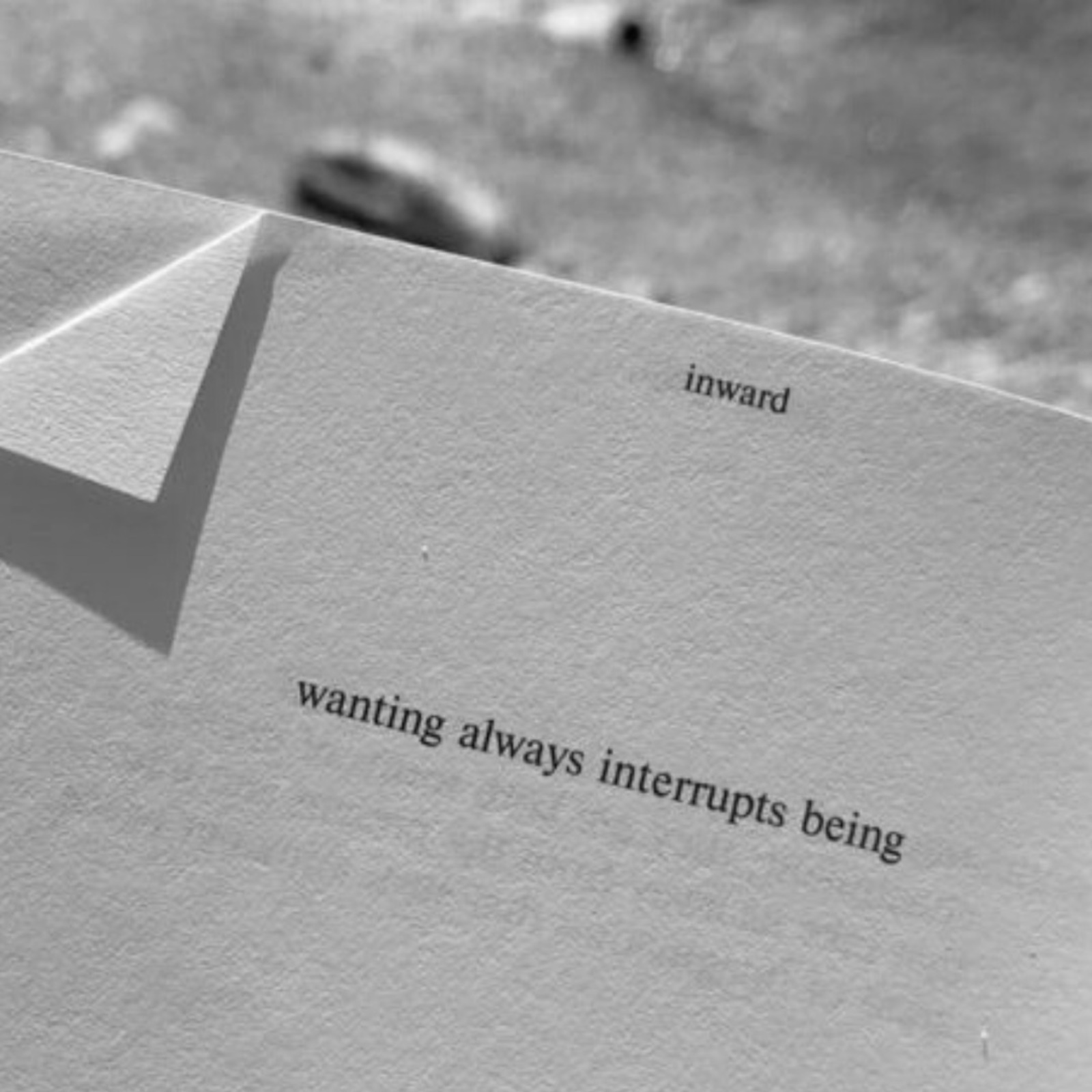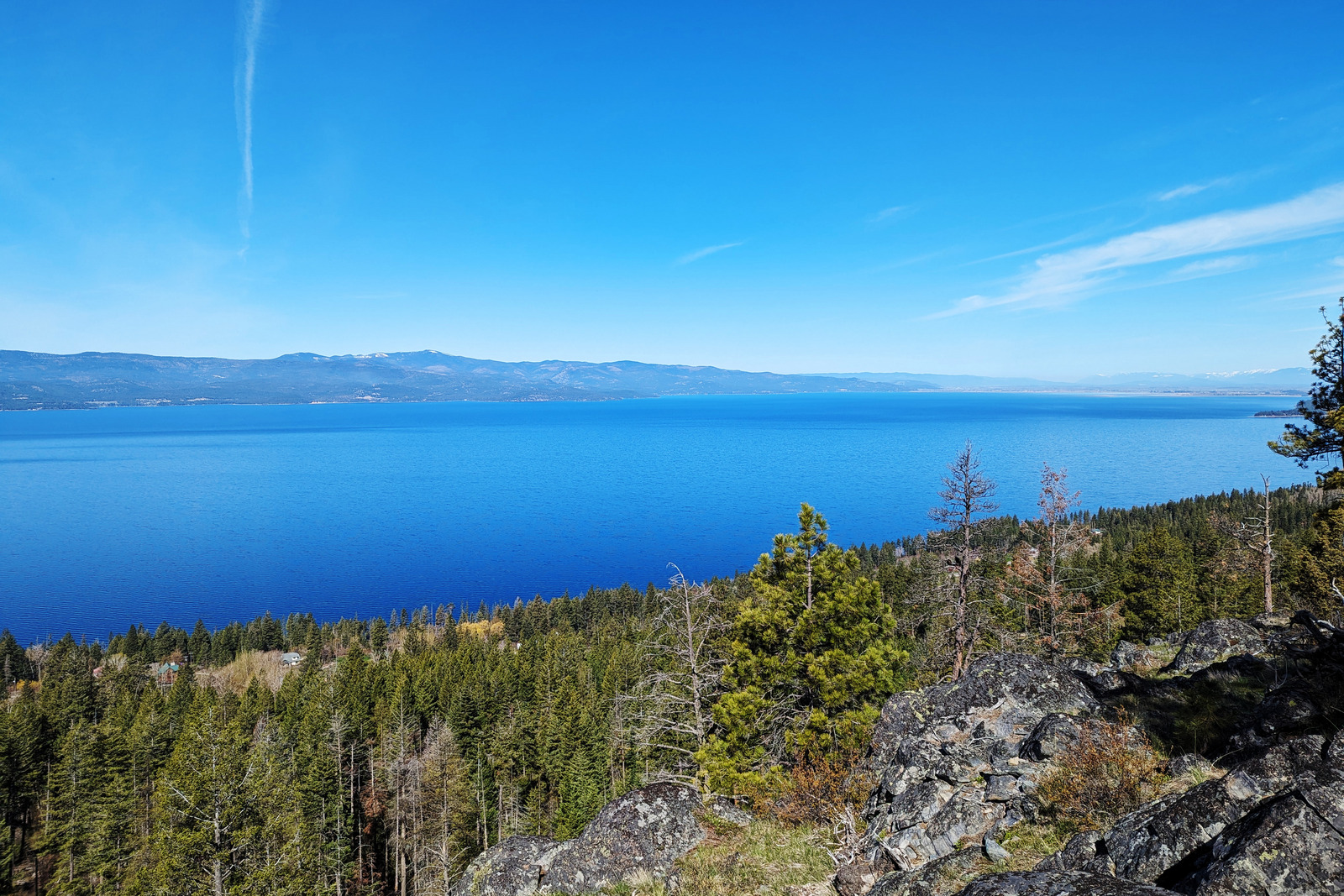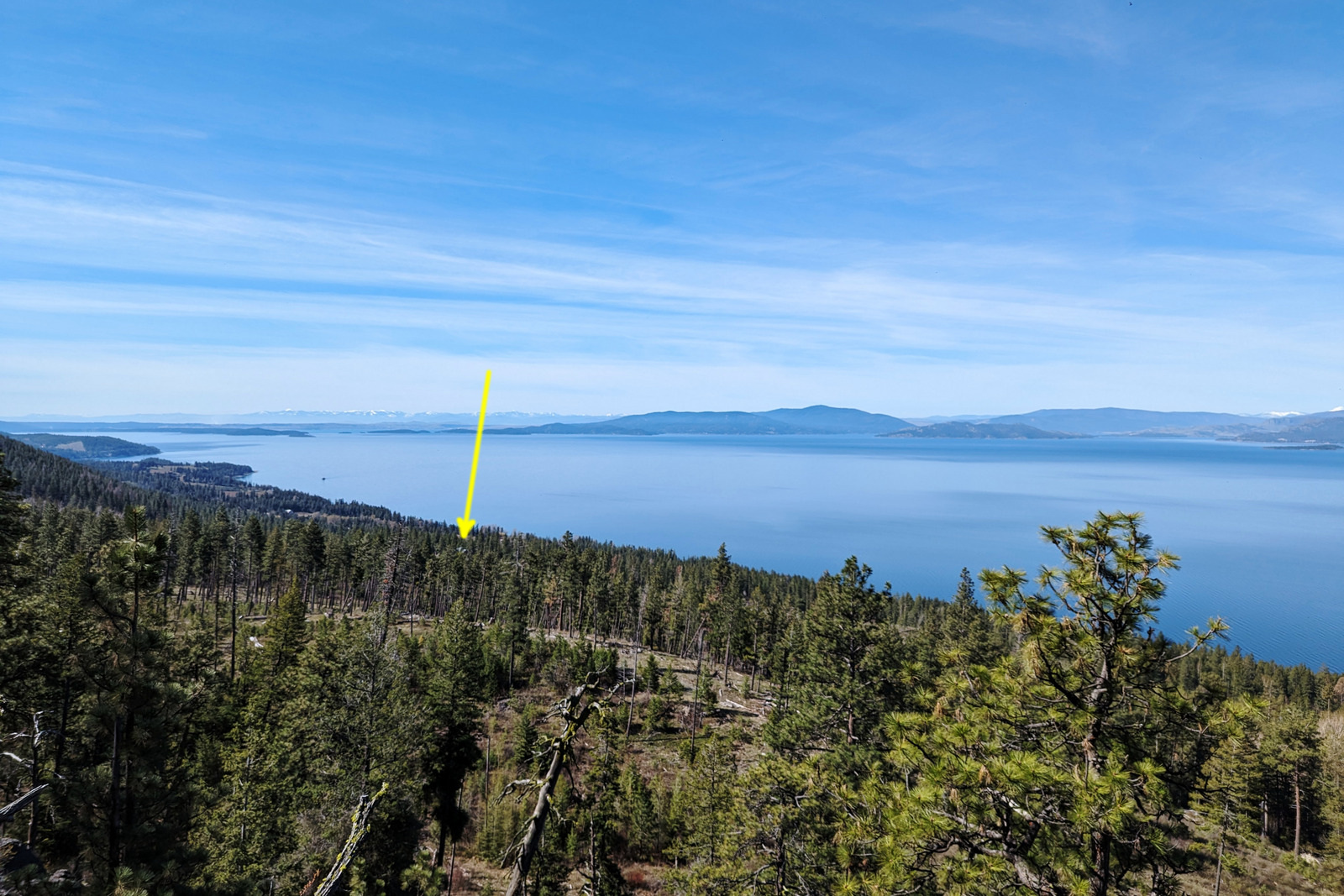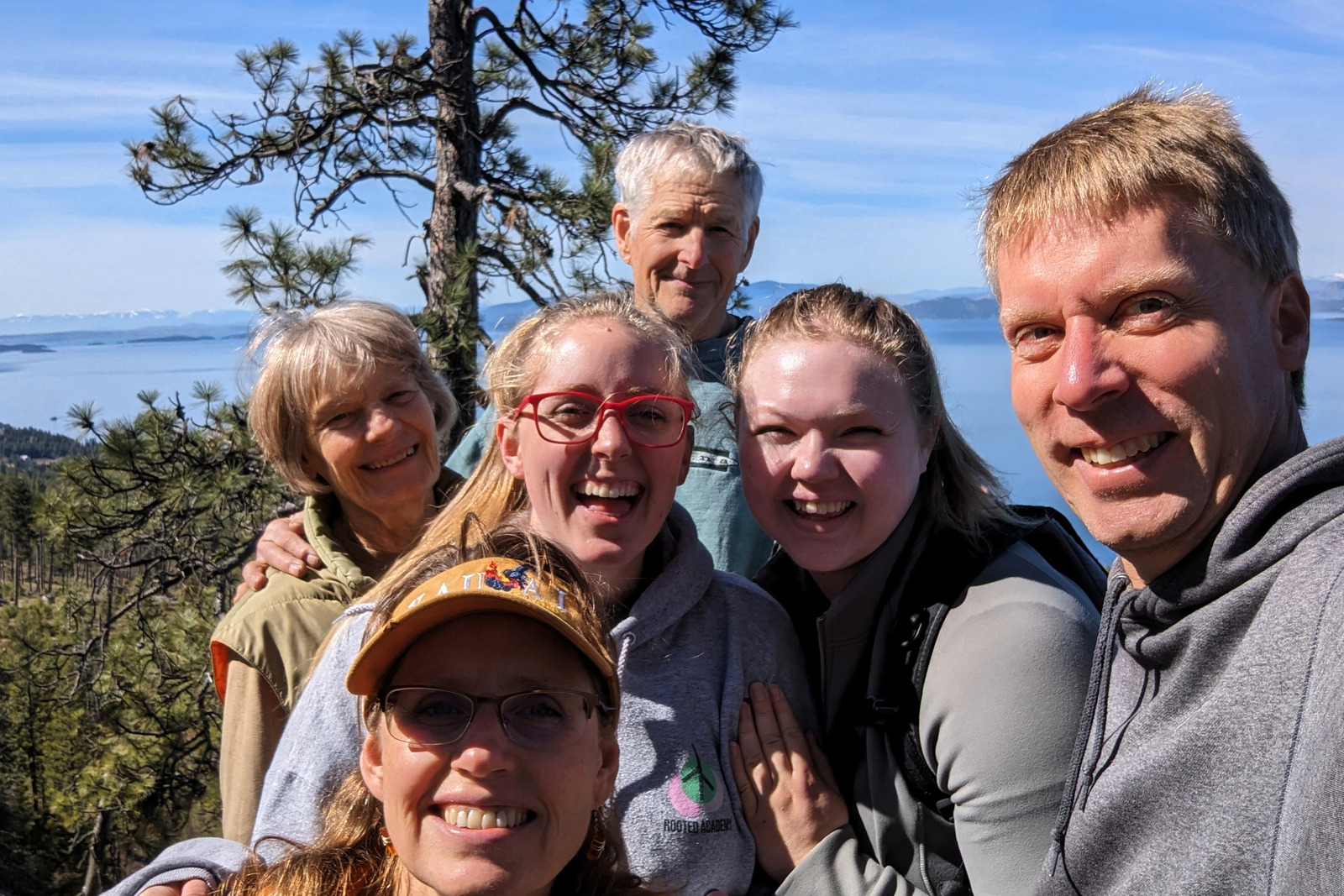Pepper and I are missionaries.
Before every missionary heads out “into the field”, they have an opportunity to meet with their local church leader, the stake president. That person has responsibility for a pretty large area– in our case, most of the Flathead Valley from just south of our house all the way north to the Canadian border. And in our case, President Reed is an awesome guy.
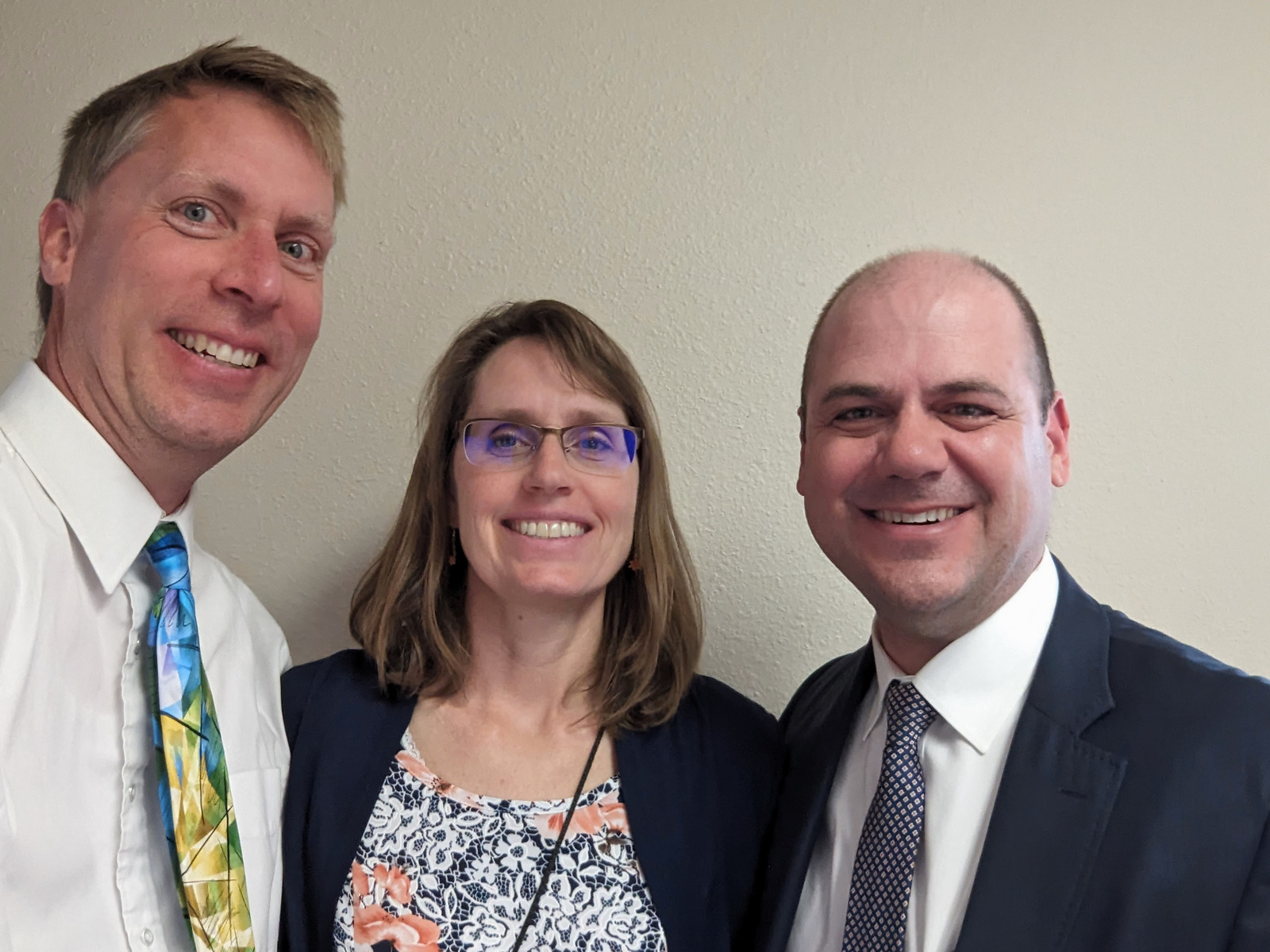
We spent about thirty minutes with him, and at the end of our visit he officially “set us apart” as missionaries for the Church of Jesus Christ of Latter-day Saints. When we return in a little over a year, he’ll “release” us from that responsibility as well.
So, just like our boys before me, I’m now Elder Schroeder and, like Kyra, Pepper is known as Sister Schroeder. Woo hoo!

